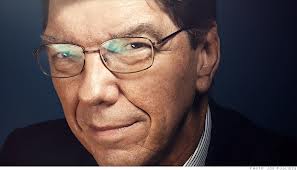What if the soul
were one massive organism that connected us all? Then the job of the individual would be to find those
connection points to allow us a means of communicating. And, what if music were
one such portal?
20 Feet from Stardom‘s Oscar-winning director Morgan Neville offers a wonderful gem of a film about creatives connecting, inspiring and healing in “The Music of Strangers.” The documentary features the music of Grammy-winning cellist Yo-Yo Ma and the Silk Road Ensemble.
The film tells the story of the group’s genesis and diverse origins while
revealing the backgrounds and life-and-death struggles of the 50+ contributors who
offer their remarkable instrumental, vocal and visual gifts including
Cristina Pato (Galician bagpiper) and Wu Man (pipa player from China), Kayan Kalhor (kamanchen
player from Iran), Kinan Azmeh (Syrian clarinet player), and others. Ma explains, “I’m
always trying to figure out, at some level, who I am and how I fit in the world,
which I think is something that I share with seven billion other people.” Fueling
this common and existential quest, says Ma, is that “the clearest reason for
music, for culture is it gives us meaning.”
The
film reminds of music’s power to change lives, soothe emotion and start
conversations one note at a time. Music offers an elegant rebuttal to the worst
of life, remarks composer Osvaldo Golijov, “By trying to kill the human
spirit, the answer of the human spirit it to revenge with beauty.” What a beautiful documentary we can all
share.






